Application of Logarithms:
(1) Compound Interest- An interest is said to be compounded if at the end of a period, the interest due is added to the sum borrowed and the amount, thus, obtained becomes the principal for the next period and the process continues till the amount for the last period is calculated.
If P be the principal, r the rate per cent per term and t the number of terms at the end of each of which the interest is compounded, then the amount at the end of the last term is given by-
| A = P (1 + r/100)t Taking log on both sides, log A = log P + t log (1 + r/100) |
Now in order to find A, one has to take the antilog of the right-hand side.
| Example: At what rate per cent per annum will a sum of money triple itself in 10 years, the interest being compounded annually? Solution: Let P = Rs x ∴ A = Rs 3x Time, T = 10 years Let R be the rate % ∴ A = P (1 + R/100)T ⇒ 3x = x (1 + R/100)10 ⇒ 3 = [(100 + R)/100]10 Apply Log- log 3 = log [(100 + R)/100]10 ⇒ log 3 = 10 log [(100 + R)/100] ⇒ log 3 = 10 [log (100 + R) – log 100] ⇒ 0.4771 = 10 [log (100 + R) – 2] ⇒ 0.4771 = 10 log (100 + R) – 20 ⇒ 20 + 0.4771 = 10 log (100 + R) ⇒ 20.4771/10 = log (100 + R) ⇒ 2.04771 = log (100 + R) Apply Antilog- 100 + R = 111.6 ⇒ R = 111.6 – 100 ⇒ R = 11.6 % |
(2) Population Growth- An entity is said to have growth when its magnitude increases over a period of time. The ratio of the increase of the magnitude of the entity to its initial magnitude gives the measure of the growth. The growth of an entity is, thus, the relative increase in its magnitude.
If P1 be the magnitude of the growing entity at the end of the unit of time that has P0 as its initial magnitude, then the rate of growth as a percentage is given by-
| r/100 = (P1 – P0)/P0 or, P1 = P0 (1 + r/100) |
Likewise, if P0 be the population at the beginning of a certain year, r% is the rate of growth per year, then the population at the end of the first year is given by-
| P1 = P0 (1 + r/100) |
Similarly, the population at the end of the second year is-
| P2 = P1 (1 + r/100) ⇒ P2 = P0 (1 + r/100)2 |
Proceeding in the same way, we get the population after t years as:
| Pt = P0 (1 + r/100)t |
| Example- The population of a town is 174000. Find the population of the town after 3 years if the population increases at the rate of 77 per 1000. Solution- Here, P0 = 174000 Time, T = 3 years Population increases at the rate of, R = 77/1000 = 7.7% Let P1 be the population of town after 3 years. ∴ P1 = P0 (1 + R/100)T ⇒ P1 = 174000 (1 + 7.7/100)3 ⇒ P1 = 174000 (1077/1000)3 Apply Log- log P1 = log [174000 (1077/1000)3] ⇒ log P1 = log 174000 + 3 (log 1077 – log 1000) ⇒ log P1 = 5 + 0.2405 + 3 (3 + 0.0323 – 3) ⇒ log P1 = 5.2405 + 3 (0.0323) ⇒ log P1 = 5.2405 + 0.0969 ⇒ log P1 = 5.3375 Apply Antilog- ⇒ P1 = 217500 Therefore, the population of the town after 3 years = 217500. |
(3) Depreciation of Value- The value of a machine decreases with time because of wear and tear. The relative decrease in value (expressed as a percentage) is the rate of depreciation.
As depreciation is the negative of growth, the depreciated value of an entity at the end of t years is obtained from the formula for the population after t years simply on replacing r by -r.
Thus, if V0 be the value of an entity at a certain time, r% is the rate of depreciation per year, then its value at the end of t years is given by-
| Vt = V0 (1 – r/100)t |
| Example- The value of a machine depreciates every year at the rate of 5%. Its present value is Rs 40000. Find its value after seven years. Solution- Here, V0 = 40000 Time, T = 7 years Rate, R = 5 % Let V1 be the value of the machine after 7 years. ∴ V1 = V0 (1 – R/100)T ⇒ V1 = 40000 (1 – 5/100)7 ⇒ V1 = 40000 (0.95)7 Apply Log- log V1 = log 40000 (0.95)7 ⇒ log V1 = log 40000 + 7 log 0.95 ⇒ log V1 = 4 + 0.6021 + 7 (-1 + 0.9777) ⇒ log V1 = 4.6021 + 7 (-0.0223) ⇒ log V1 = 4.6021 – 0.1561 ⇒ log V1 = 4.4460 Apply Antilog- V1 = 27930 |
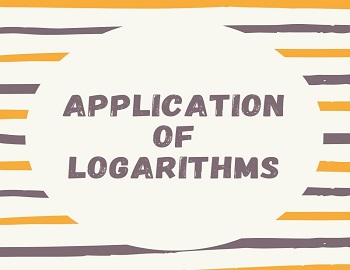

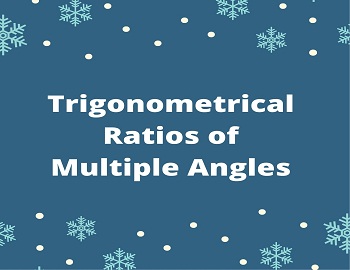
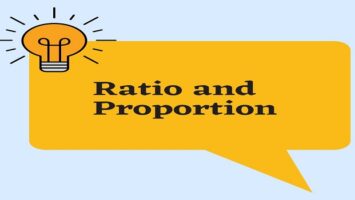
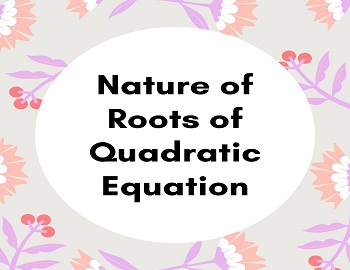
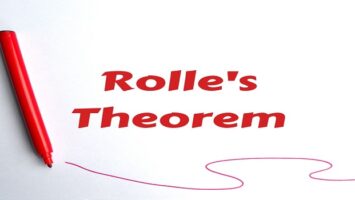
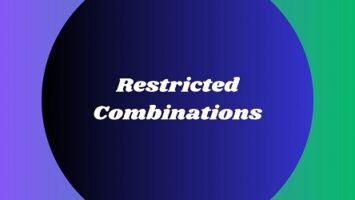
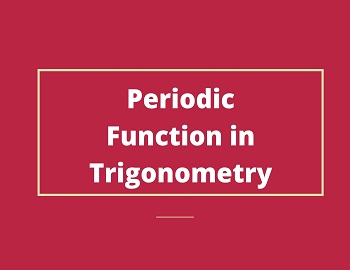
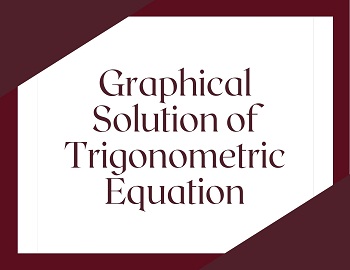
Comments (No)